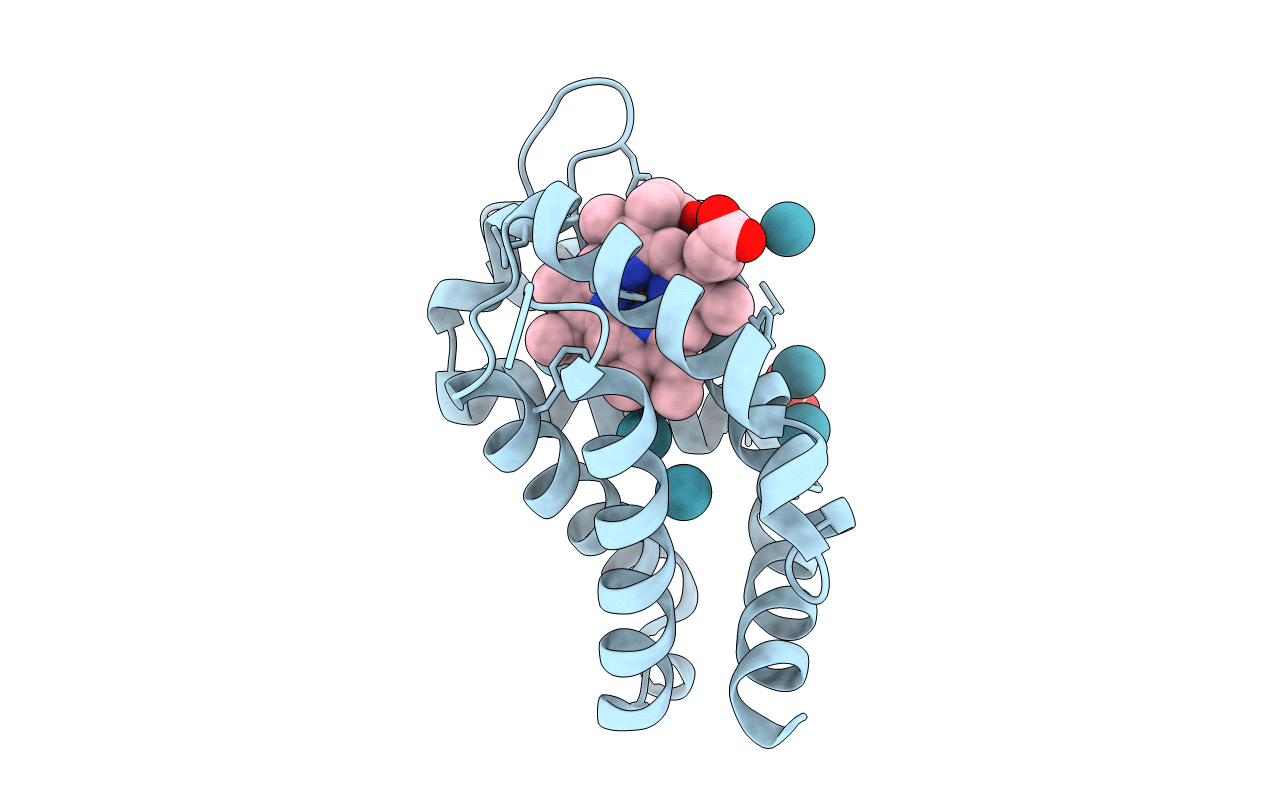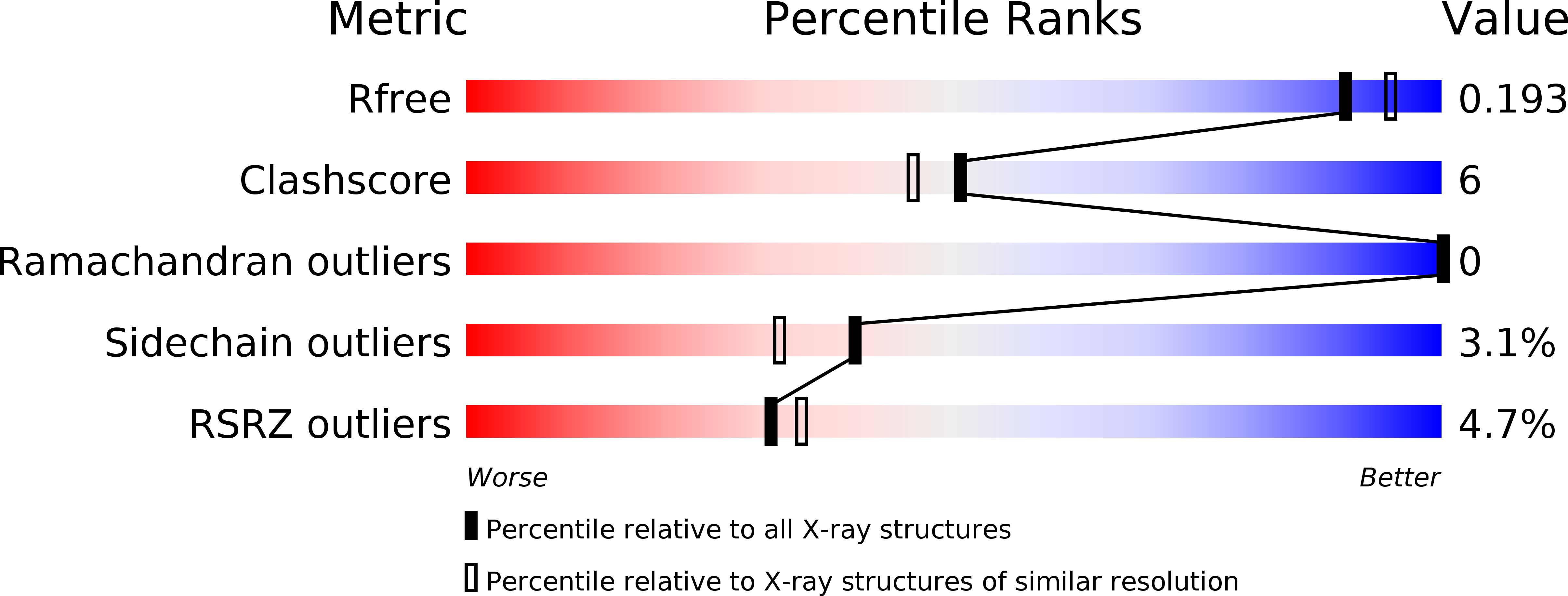
Deposition Date
2013-12-19
Release Date
2014-09-24
Last Version Date
2023-11-08
Entry Detail
PDB ID:
4O4T
Keywords:
Title:
MURINE NEUROGLOBIN UNDER XENON PRESSURE 30 bar
Biological Source:
Source Organism:
Mus musculus (Taxon ID: 10090)
Host Organism:
Method Details:
Experimental Method:
Resolution:
1.90 Å
R-Value Free:
0.21
R-Value Work:
0.17
R-Value Observed:
0.17
Space Group:
H 3 2


